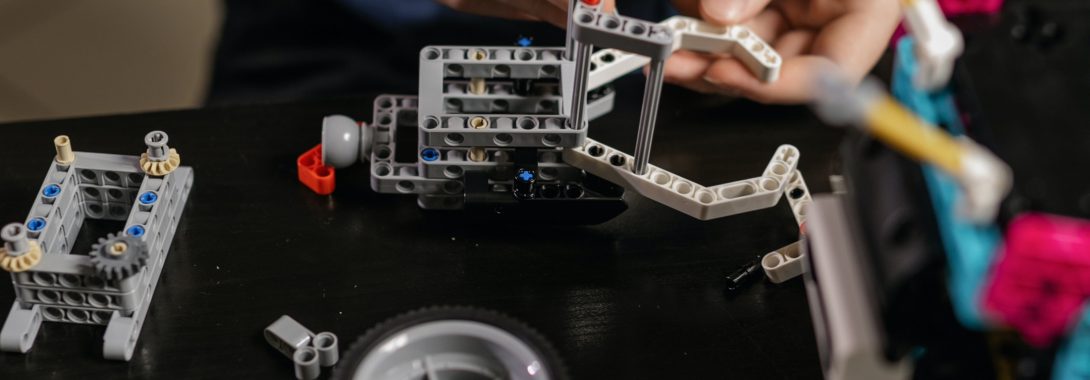Robotics is a fascinating field that has enormous growth potential over the next several years. Learning it, though, can be quite difficult due to its sheer breadth and rapid development. Here are the basics you should learn if you’d like to get into robotics.
Essential Mechanical Engineering Principles
At their core, robots are computer-controlled pieces of hardware meant to perform specific tasks. One of the best places to get started is by understanding the physical hardware, as you’ll likely have more frame of reference for it than for the software side of the equation. Learn a bit about how various mechanical devices function and how they’re used in robotics, and you’ll have a solid foundation to build on as you go.
Circuit Design
Learning to design circuits can be quite tricky, but it’s worthwhile once you’ve gained the basic skill. Start with simple circuitry, then gradually work your way up to the more advanced circuits used in modern robotics. In the process, you’ll gain valuable electrical engineering skills that will help you build your understanding of robotics or be useful in other design-related fields.
Programming
Since robots are controlled by computer programs, getting into the robotics field requires at least a bit of foundational computer science and programming. Don’t worry, though, as you won’t need to become an experienced software engineer to get started. Many microprocessor platforms used in robotics, such as Arduino and Raspberry Pi, use simple programming languages that a beginner can become functional with in only a few months. From there, you can choose to explore more in-depth programming as you become more familiar with the software behind more robots.
Digital Manufacturing
Once you know a bit about each of the systems that goes into making a robotic device, you’ll need a way to bring it all together and start building your own robots. This is where modern digital manufacturing comes into play. From CAD design tools to small-scale manufacturing made possible by CNC machines and 3D printers, technology is rapidly democratizing the manufacturing process. Learn to use these tools and take advantage of them to start making your own innovative devices.
By learning something about each of these four areas, you can set yourself up for a solid start in the field of robotics. Whether you want to become a professional robotics engineer or simply a hobbyist, getting a handle on these four foundational parts of robotics will help you get started.

